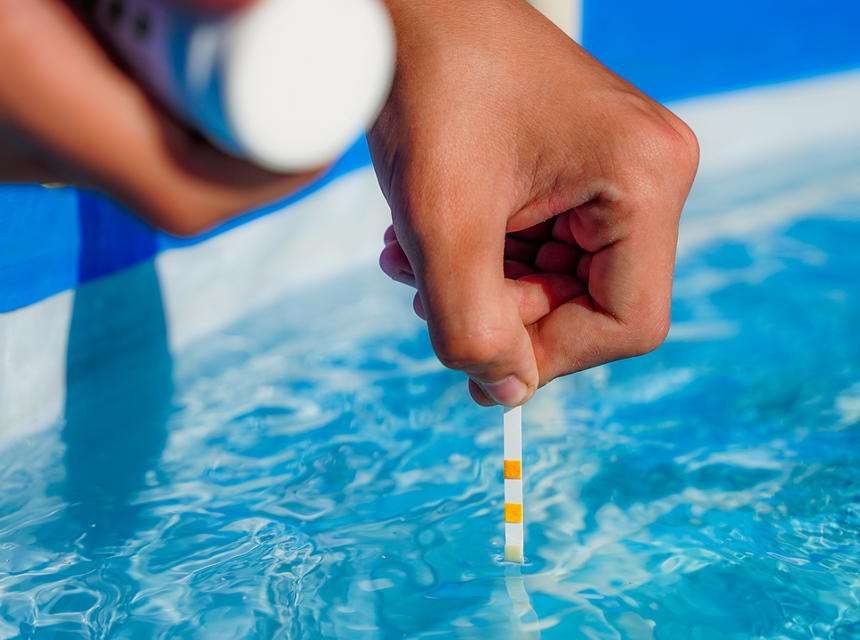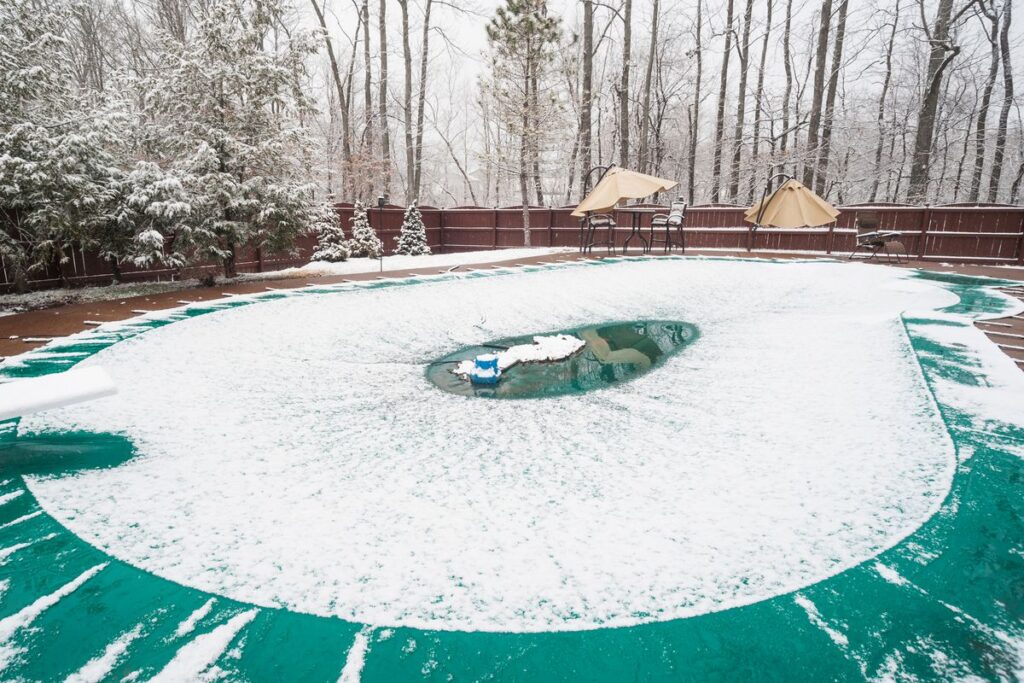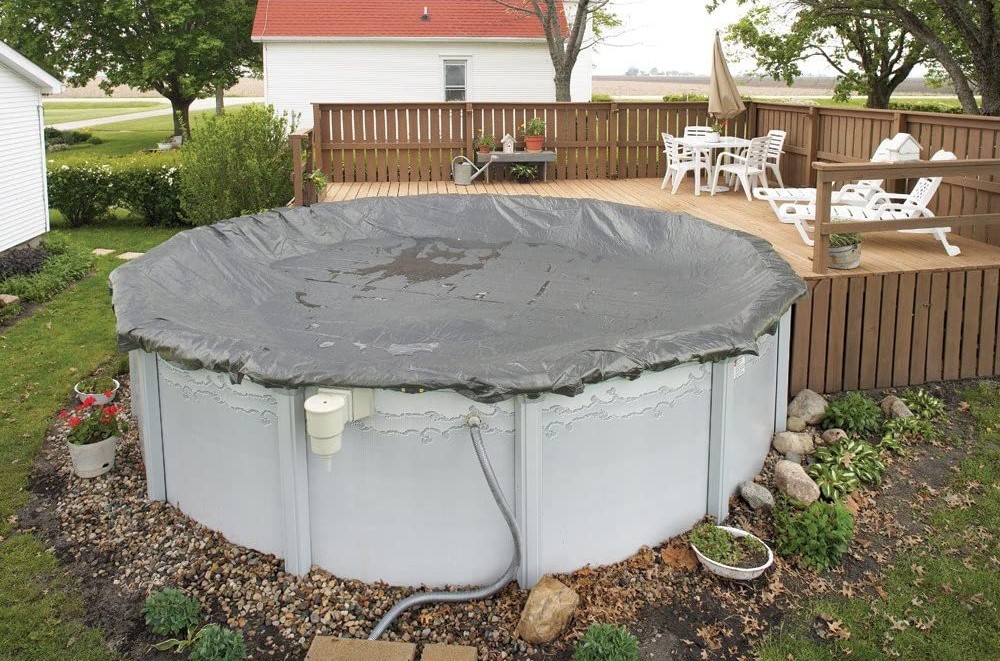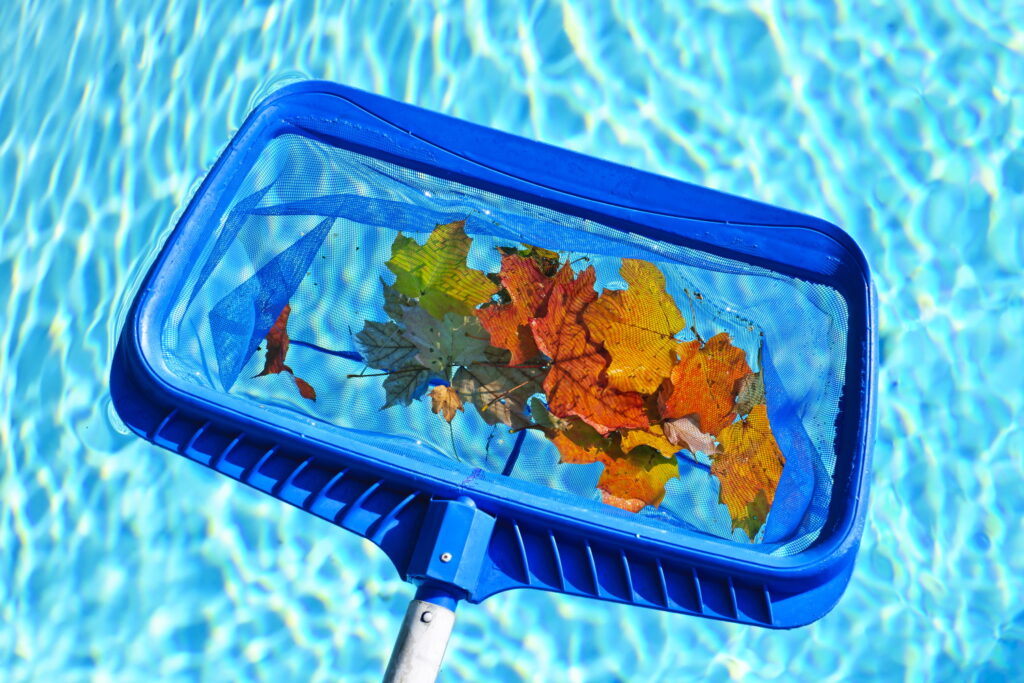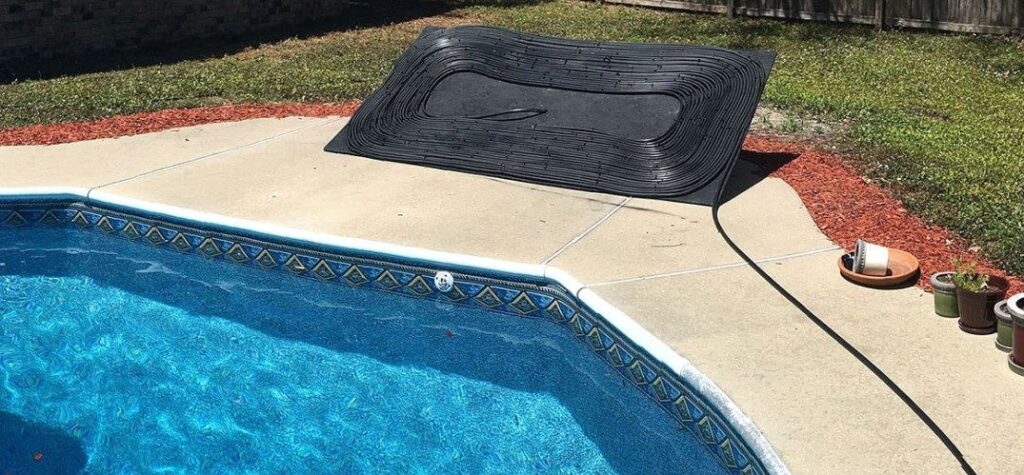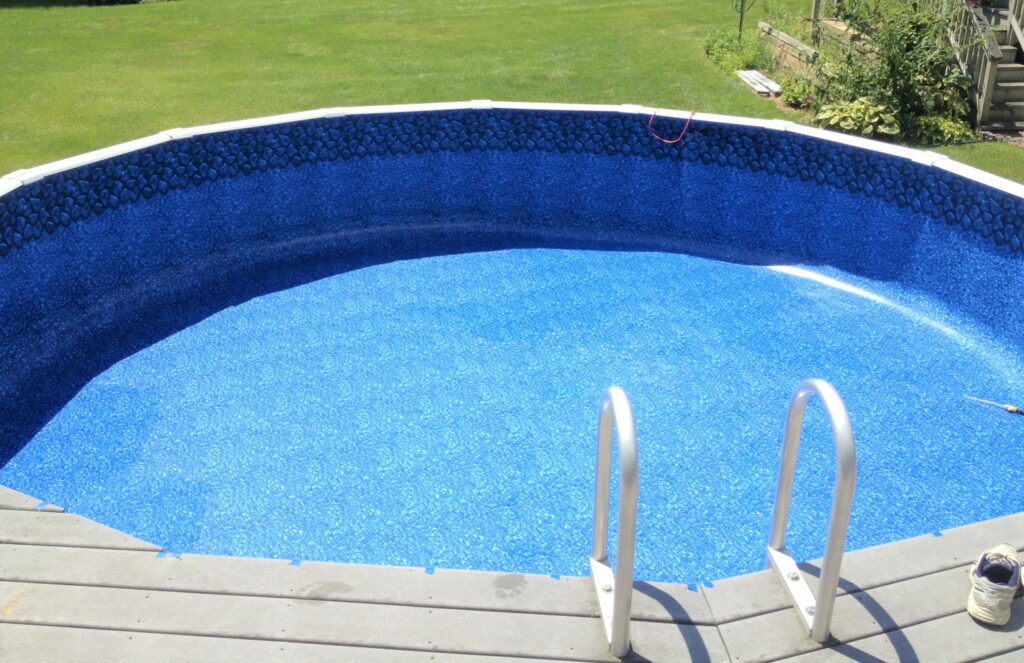You have just gotten a pool. You are very excited, and your kids are ready to jump right in and go swimming. But before you do that, one of the things that you want to do is to know how to prime a pool pump, because this is definitely something that you’ll need to do many times over the life of your pool.
Since this is something important to know how to do and how to do correctly, we are going to give you some tips and we are also going to show you everything you need to know.
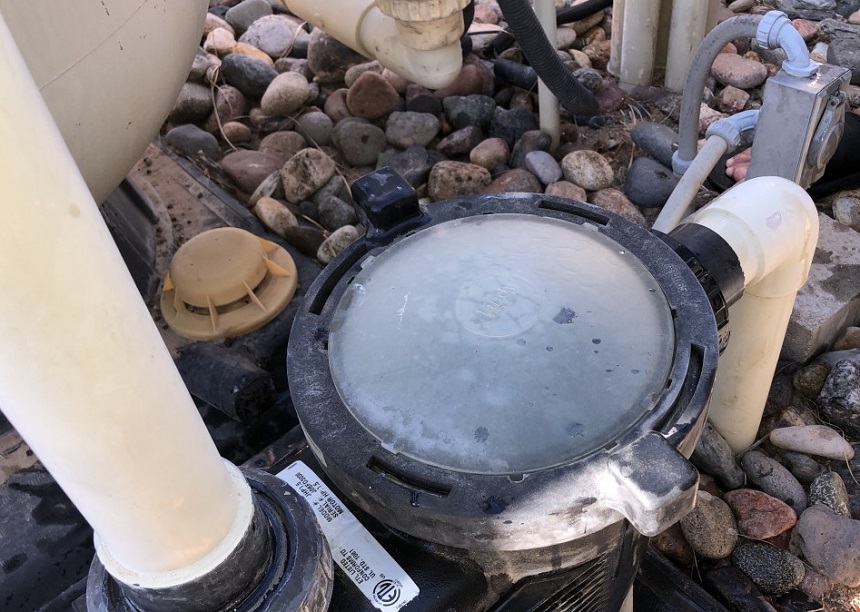
This is something that happens to a lot of people, and many times they don’t even know that it’s happening. It can start slowly happening over a long time. It’s possible that your pump’s been running dry when you start noticing signs like loose covers, water leaking or the pump tripping your breaker.
If your pump runs dry for too long, you are going to have a pump that is destroyed. It’s going to run at a really high speed and overheat the water that’s left in your pump and turn it to steam. Eventually, this can melt your pump’s plastic components.
When you prime your pool’s pump, it means that you are purging the system of all of the air. This is done by sucking water manually from your pool and then through the filtration system. This essentially creates a vacuum that pushes the water into it and forces the air out.
The best pool pumps that are sold these days, particularly the models that are in-ground, are self-priming continuously. That being said, most of them do require that they’re primed before they’re used for the very first time, along with when they’re used at swim season’s start. Other kinds of circumstances, like depressurizing the system to do maintenance can also call for the need to thoroughly prime the pump. The importance of priming a pump is usually outlined in the user manual.
One of the most common reasons to prime the pump is if it’s ever run dry. This often happens for several reasons, and the most common is due to the skimmer. This thing looks similar to a bucket and you find it on your pool’s side. With that bucket’s help, this will keep debris out which could otherwise get into the plumbing of your pool, such as twigs and leaves.
If the level of water goes below this skimmer or your skimmer becomes clogged up with debris, your pump will start processing air rather than water. This is something that you don’t want to happen because it can greatly reduce the life of your pump.
Since you are here, you want to know how to manually prime a pool pump so that you can start enjoying your pool. So here are some steps that you should take.
First, you want to turn the power off to the pool at your circuit breaker. Then turn the multiport valve on. Also known as suction side diverters, these valves let you choose the water source for your pump. Your valve is going to help you to bypass your regular filter system. This will ensure that the water goes right through your multiport valve and just the multiport valve. This is also going to concentrate the suction of the pump, which will make the process of priming a lot more effective.
Open the air relief valve of the filter, usually found on your top’s pump, along with any other plugs that may be in the return jets or skimmer. You also want to open the pump by taking its lid off. Clear any type of debris that might be found in your pomp housing’s bottom. Things like leaves, insects, and sediment are usually found there,
It’s essential that it’s cleaned out well because debris in your pump can affect the way that it’s working, even drastically shortening the life of the pump. So, cleaning out the pump is a step you want to pay close attention to.
With your garden hose, fill up the bucket for a minimum of 2 full minutes. While it leads to your skimmer, the water is going to push the air out from your pipes and then create necessary suction into your pump. When your basket’s around 80% full and has reached its intake port, you will know your system is free of air.
Put the lid back on the pump and ensure that it is sealed tight. Your air relief valve should be kept open, along with your return jet plugs and your skimmer. Turn your power on again using the circuit breaker of the pool.
Keep an eye on the pump for 1-2 minutes. If the water isn’t flowing consistently through your basket, the steps should be repeated again. You shouldn’t panic. Sometimes you have to do it a few tries to get it done right. When the water’s flowing and you don’t see any air bubbles, you are successful. You are now a prime pump primer and pretty soon everyone can be enjoying the cool water of the pool.
A lot of times you have done these steps above and you still aren’t having any luck with your pool pump. Now, what do you do? Do you panic? Not necessarily. Below are some things that you can try first to see if they help you out.
If there isn’t any water flowing into your pump consistently, sometimes you just have to add some more water. A lot of times it’s going to be the simplest fix to solve your problem. turn your pump’s power off, take the lid from your filter basket, and then add some more water.
Hopefully, this is going to solve your problem and the issue was that you didn’t have enough water for creating good suction. If this is the case, then adding water is going to fix it. When you have a problem that involves your priming the pool pump, usually it involves water or lack of.
Your pool’s pump needs enough water so that it can create the suction needed so that things move. Low levels of water in your filtration system, whether it’s due to an inefficient fill or leak, usually are the cause.
Perhaps the reason you can’t get the pump primed is that there are air pockets down in the line. Rather than adding some more water right into your pump’s basket, try to add water through the skimmer.
If you’ve added water through your skimmer and your pump basket and you are still not having any luck, it may be that you have a leak. Thoroughly inspect the pump for damaged parts or wear. If your housing has cracked or you see other visible damage, chances are that your pump has done its job and you need a new one. If you have had it for 3-5 years, that’s how long they usually last.
Since we mentioned age above and that most pumps last 3-5 years, we thought we’d give you some more signs to do research on the best variable speed pool pumps for your needs.
These are also some of the signs that you need to get a new heat pump for your pool too. So, if you are having issues with your pool’s heat pump, here are some of the best pool heat pumps available on the market.
To sum it up, priming a pool pump is essential to keeping your pool clean and operational. Without a properly functioning pump, your pool will be at risk for dirt and debris buildup, which can lead to expensive repairs or even replacement. By taking the time to prime your pump before each season, you can ensure that your pool will be safe and clean for everyone to enjoy. We hope our tips and tricks on how to prime a pool pump helped you with the problem.
